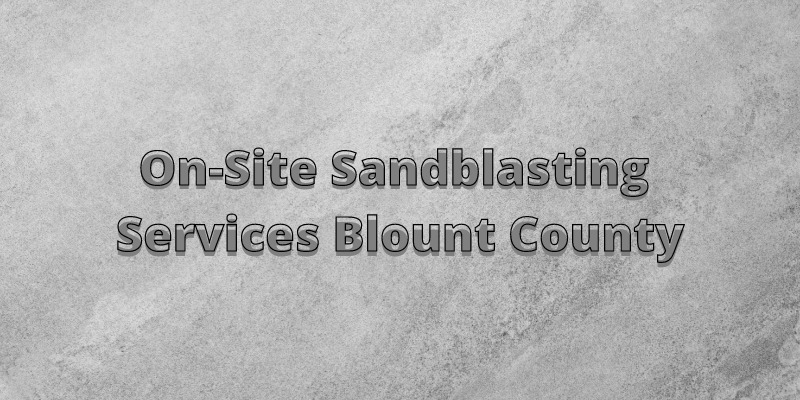Monuments | Garden Rocks | Stone Restoration | Signs
M-F: 9 AM to 5:30 PM | Sat: 9 AM to 1 PM | Sun: Closed
-
708, Home Ave.
Maryville, TN 37801
-
Call Us On
865-724-2644
-
Mail Us @
On-Site Sandblasting Services Blount County

On-Site Sandblasting Services Blount County
You might have a large rock on site that may be too large to move but would like to engrave something on it. We offer an on-site blasting service that can get the job done professionally for you. This can include brick pavers, mailbox signs, or even concrete. Call with any questions about on-site blasting.
What is Sandblasting?
Also known as abrasive blasting, sandblasting is a surface finishing process that involves the use of a powered machine — typically an air compressor as well as a sandblasting machine — to spray abrasive particles under high pressure against a surface. It’s called “sandblasting” because it blasts the surface with particles of sand. As the sand particles strike the surface, they create a smoother and more even texture. In this post, you’ll learn more about this surface finishing process and how it’s performed.
Overview of Sandblasting
Sandblasting leverages the abrasive properties of sand to create smoother surfaces with fewer physical imperfections and flaws. It’s no secret that sand is rough and gritty. Because of these properties, it’s able to wear away at excess or unwanted material on a surface. Sandpaper, for example, contains many individual particles of sand. When rubbed against a surface, the sand removes some of the top-layer material. This further creates a smooth texture. Sandblasting works the same way except it involves the use of highly pressurized sand.
How Sandblasting Is Performed
The first step to performing sandblasting is pouring the sand into the sandblasting machine. Sandblasting machines have a chamber on top in which the sand is poured. The sandblasting machine is then connected to a conventional air compressor that, when activated, propels the sand out through a handheld nozzle. Depending on the settings, the pressure of the sand may be anywhere from 50 to 130 pounds per square inch (PSI).
